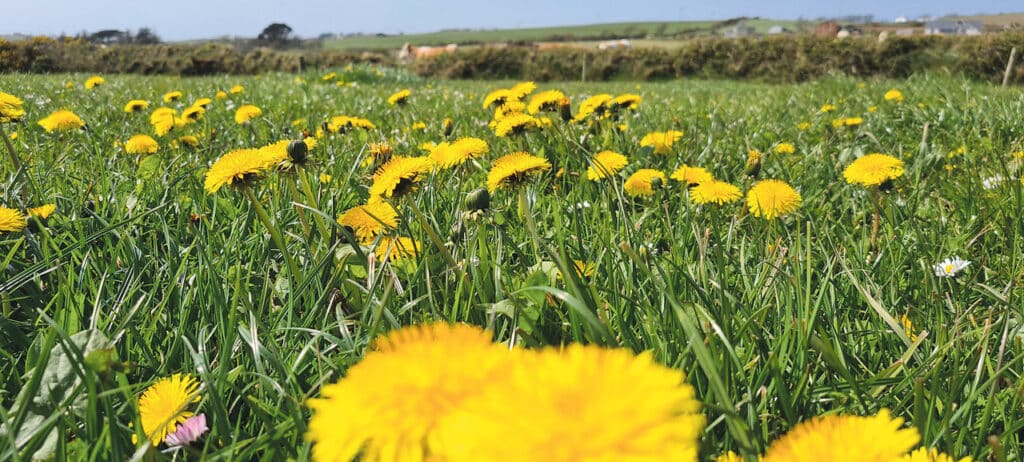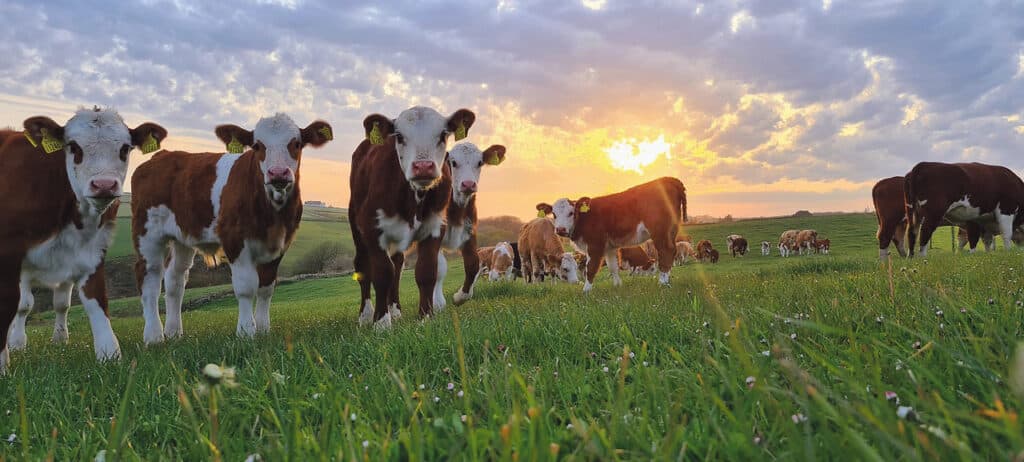A new agri-food strategy for the coming years is set to change the focus of Irish agriculture. The draft of the strategy marks a sharp contrast to the growth and consolidation aspirations contained in previous strategies such as Food Harvest 2020 and Foodwise 2025 and shows how much the view of agriculture has evolved over the last decade. Indeed Food harvest 2020 was viewed as the key strategy in kick-starting the national economy in the aftermath of the 2008 financial crash.

Among the headline targets are a trebling of the current level of organic production, a cut of 55,000 tons in artificial fertiliser use and a stipulation that 10 per cent of farmland is given over to biodiversity.
Among the recommendations is a 10 per cent reduction in biogenic methane, which roughly translates into a reduction of 400,000 head in the number of cattle on Irish farms. Biogenic methane is methane produced by livestock and the draft strategy is aiming for a reduction of between 24 per cent and 47 per cent by 2050. The short term target is a 10 per cent reduction by 2030. Keeping a cap on cattle numbers has been flagged with sometime. In ‘Ag Climatise’ the national climate and air roadmap for the agriculture sector it is made clear that an increase in the total national cattle herd above current levels will result in failure to achieve these targets.
Under the strategy, 10 per cent of farmed land is to be prioritised for biodiversity. The most up-to-date Central Statistics Office (CSO) data on utilised agricultural area dates from 2016 and it says there is 4,455,800ha of farmland in the country. This means that 445,580ha would be earmarked for biodiversity – an area almost the size of Co Tipperary.
Use of chemical nitrogen is also in for a targeted reduction. According to the strategy, annual chemical nitrogen use is not to exceed 325,000t by 2030 under the strategy. Currently the national use of chemical nitrogen use stands at 380,500t, so this implies a cut of 55,500t is needed in nitrogen use by 2030.
The area under organic farming is targeted to reach at least 7.5 per cent of farmland by 2030. As it stands, less than two per cent of Irish farmland, in the region of 74,000ha, is under organic production. By 2027, 90 per cent of all slurry application is to be carried out by low-emission equipment and all external slurry stores are to be covered by 2027 to mitigate ammonia emissions.
More targeted agri-environmental results-based schemes are proposed under the CAP’s Rural Development Programme (RDP). These are to protect and enhance habitats and species. It is likely that these will work similar to the locally-led environmental schemes such as the renowned ‘BRIDE project’ in east Cork. Areas targeted under these results-based programme include areas of high nature value (HNV) farmland, large areas of which exist in the western areas of west Cork.
A revised afforestation scheme will be implemented also. As part of this, afforestation options will be examined on State-owned lands, building on initiatives from Coillte and Bord na Móna. The new options are likely to be more farmer friendly and could result in farmers planting trees along watercourses, new native woodlands or small forest areas.
A new concept mentioned in the strategy is Carbon trading. The Ag-Climatise roadmap proposes a pilot scheme for carbon trading to reward farmers for the public good they are providing. It’s not as recognisable a term or indeed a practice so it will be interesting to see how this develops.
The strategy is currently open for public consultation ahead of its finalising. Any member of the public can submit their views on the strategy until 15 June 2021 by emailing 2030StrategyEnvironmentalConsultation@agriculture.gov.ie.
Source: Irish Farmers Journal



